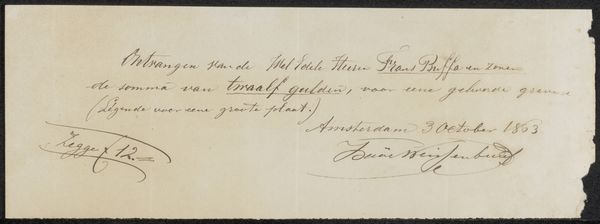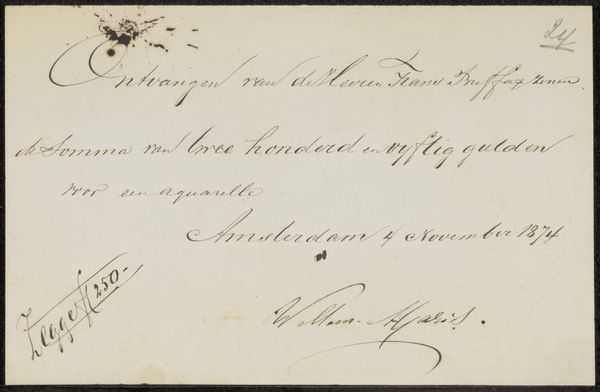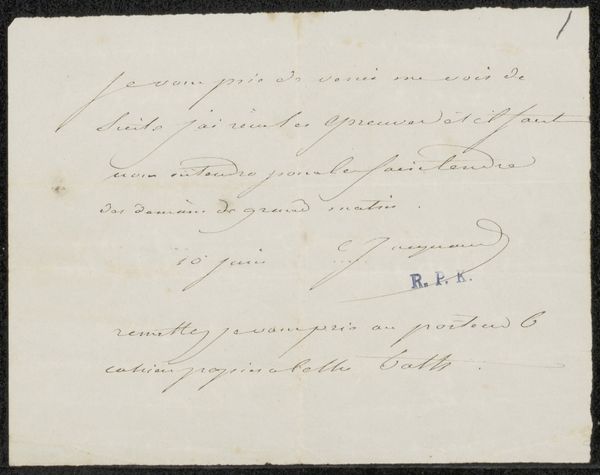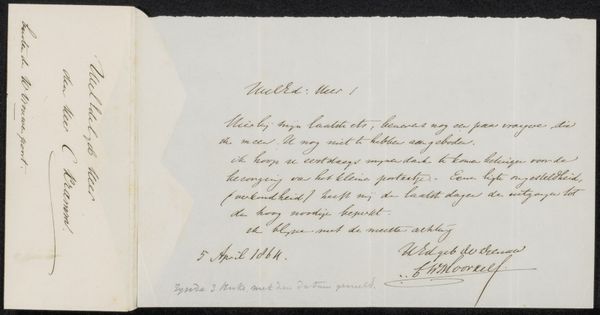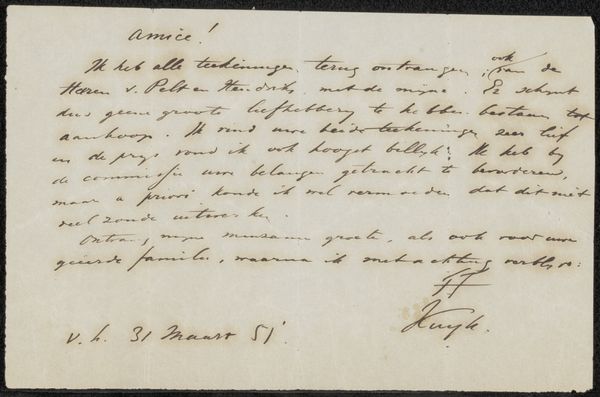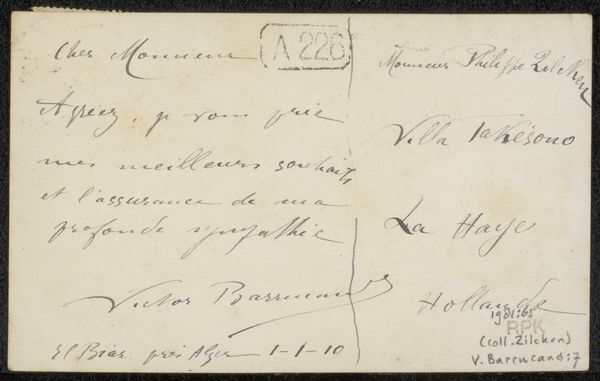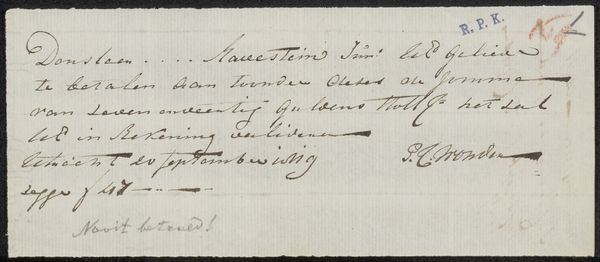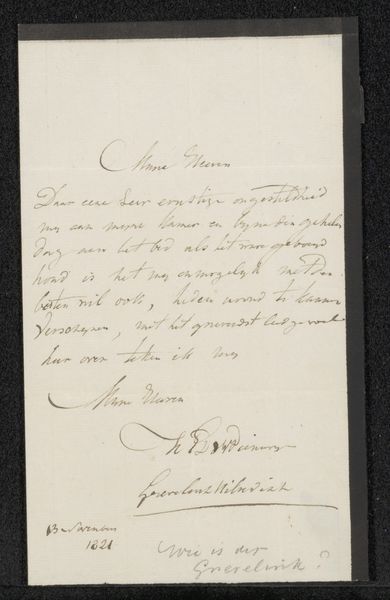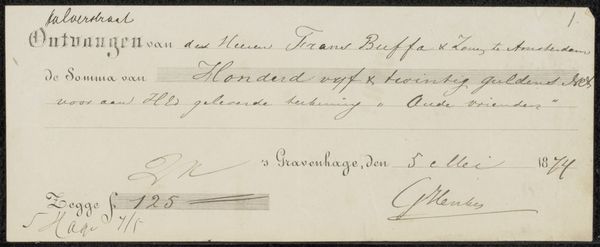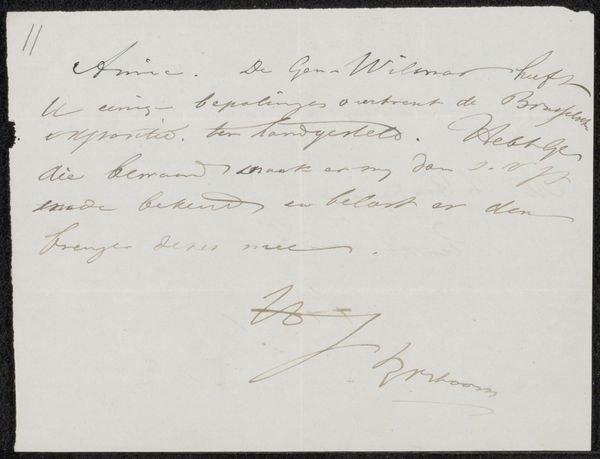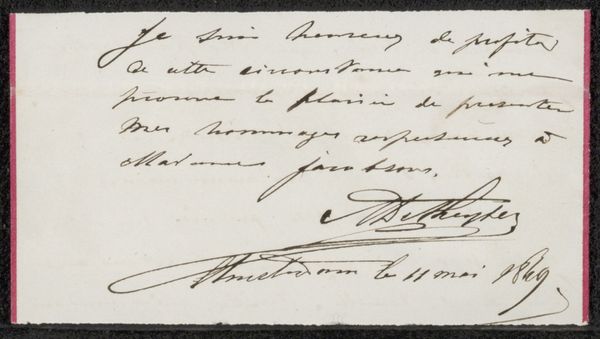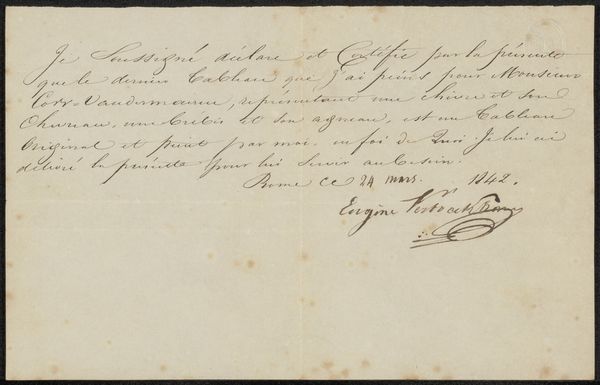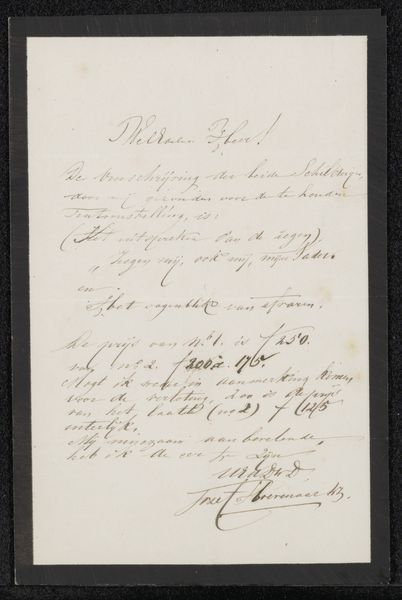
#
aged paper
#
toned paper
#
personal sketchbook
#
fading type
#
coloured pencil
#
ink colored
#
watercolour bleed
#
watercolour illustration
#
watercolor
#
historical font
Copyright: Rijks Museum: Open Domain
Curator: Looking at "Annotatie" by Johannes Bosboom, dating from 1827 to 1891, which we currently have here at the Rijksmuseum, what’s your immediate reaction? Editor: It feels so intimate. It's the kind of thing you imagine finding tucked away in a dusty archive, all delicate, aged paper and faded ink. I'm curious about the texture, I imagine the paper must be thin. Curator: The visual weight here comes from historical context as much as from the literal inscriptions on the page. Note how the formal script points to established systems, yet this annotation acts as a kind of personalized reading, capturing ephemeral thought. Editor: It's interesting that you mention 'established systems,' because I'm more struck by the physical process. Someone selected this paper, mixed ink, and applied both to surface. We know the results weren't designed to last—look at how the watercolor bleeds! Curator: That bleed interests me precisely because it signifies loss over time—that watercolor bleed operates like tears, visually signifying the work’s inevitable aging and marking its symbolic value. Editor: The address listed at the top also speaks volumes, particularly given Bosboom’s history and the timeframe. I wonder what was across the street at number 69 on the Champs-Élysées? I suspect this wasn't happenstance! Curator: We see a name scrawled at the bottom in the artist’s own hand. That signature anchors the composition with its distinct curve and boldness. What could that stylized symbol convey? Editor: Indeed, seeing his mark upon this thing that has itself already been so worked… that signature, to me, stands as an intervention itself in processes and a subtle claiming of labour within material decay. Curator: So, it really is a portal, a peek into the life and workings of an artist from the 19th century. I appreciate your highlighting its intimate textures. Editor: Yes, this wasn't high art intended for display, and seeing all the material decisions really changes our reading of history here. It’s refreshing.
Comments
No comments
Be the first to comment and join the conversation on the ultimate creative platform.
